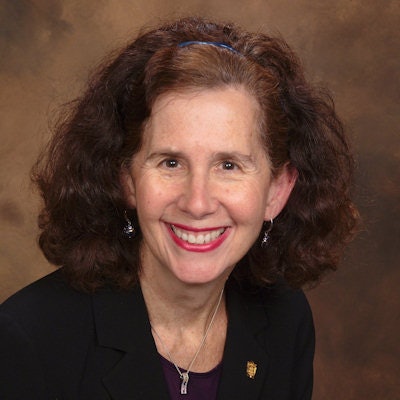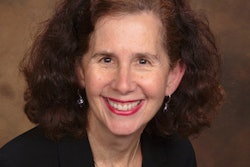
"Yes, I have the x-rays, but copying them is expensive, and I don't know where I put my scanner."
As any prudent practitioner would do, I wanted to check out the last full-mouth series to get some historical background on the oral condition of a new patient. I contacted her dentist of record for the past 20 years.
 Sheri B. Doniger, DDS.
Sheri B. Doniger, DDS.He forwarded to us a few digital radiographs, not a complete set, and nothing else. On my inquiry to get at least the last full-mouth series, regardless of date, I received the above response. It was weeks after I contacted the office with what I thought was a reasonable request.
I had an offer to meet for lunch and look through all the historic radiographs that were not available on the digital format this dentist sent to me. This was the solution to my request for radiographs.
For some of us who are a certain age, we may have historic film radiographs available in our practices. For the majority of us who have converted to digital radiography, the old PeriPro is now located in the basement storage room or has been recycled elsewhere. Without any form of film processing machines in the office, there is a conundrum as to how to transfer these old but important pieces of patient history on to the next dentist.
“I had an offer to meet for lunch and look through all the historic radiographs that were not available on the digital format this dentist sent to me.”
This, too, was one of our issues after the conversion. The new digital films are a snap to copy and forward. But what about those who have converted to digital radiographs but do not have digital charting. Some solutions are to take an intraoral photograph of the radiograph on a viewbox (yes, some offices used to have viewboxes to visualize the radiographs, as opposed to computer screens with the capability of enlarging the images to be viewable without glasses). This method is cumbersome and may not be as simple or diagnostic as one would hope. The other would be to have a scanner in the facility to copy the films into a digital format.
We have a tiny solution. On a recommendation from a colleague, and after a very wise purchase on Amazon, I found a small, portable radiograph digitizer to scan film to digital. It may take a little time (nothing is as quick as copying a digital film), but the results are just as good. This small device has been able to copy radiographs for dental benefit companies and forwarding on to the next dentist.
I gave this recommendation to my colleague. I do not think he will look into it, although it may be more affordable than a larger medical-grade scanner or unearthing his from storage. He did offer to send the originals so I could copy them. That in itself may be an issue. I think meeting for lunch may be the best option to make sure the films do not get lost in translation.
Sheri B. Doniger, DDS, practices clinical dentistry in Lincolnwood, IL. She is the immediate past president of the American Association of Women Dentists. She has served as an educator in several dental and dental hygiene programs, has been a consultant for a major dental benefits company, and has written for several dental publications. You can reach her at [email protected].
The comments and observations expressed herein do not necessarily reflect the opinions of DrBicuspid.com, nor should they be construed as an endorsement or admonishment of any particular idea, vendor, or organization.



















